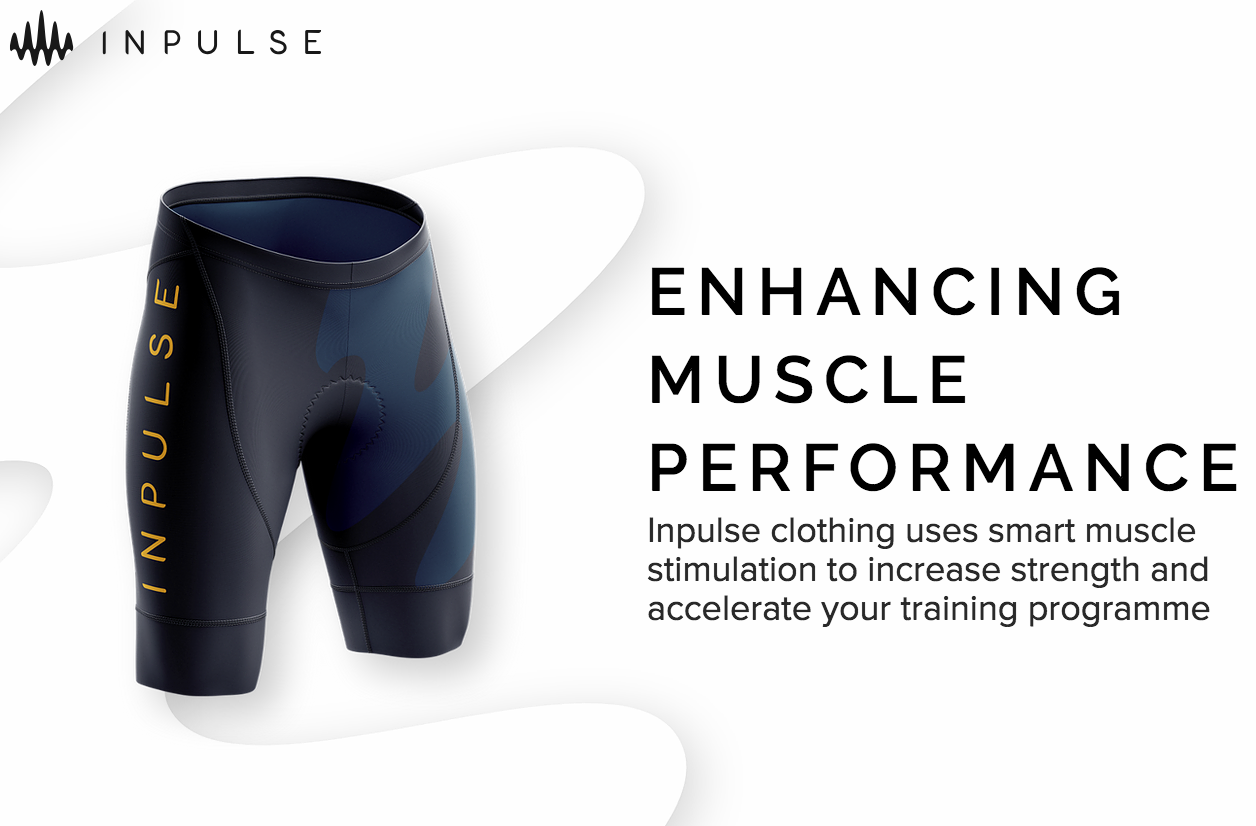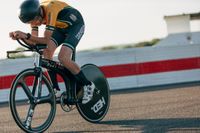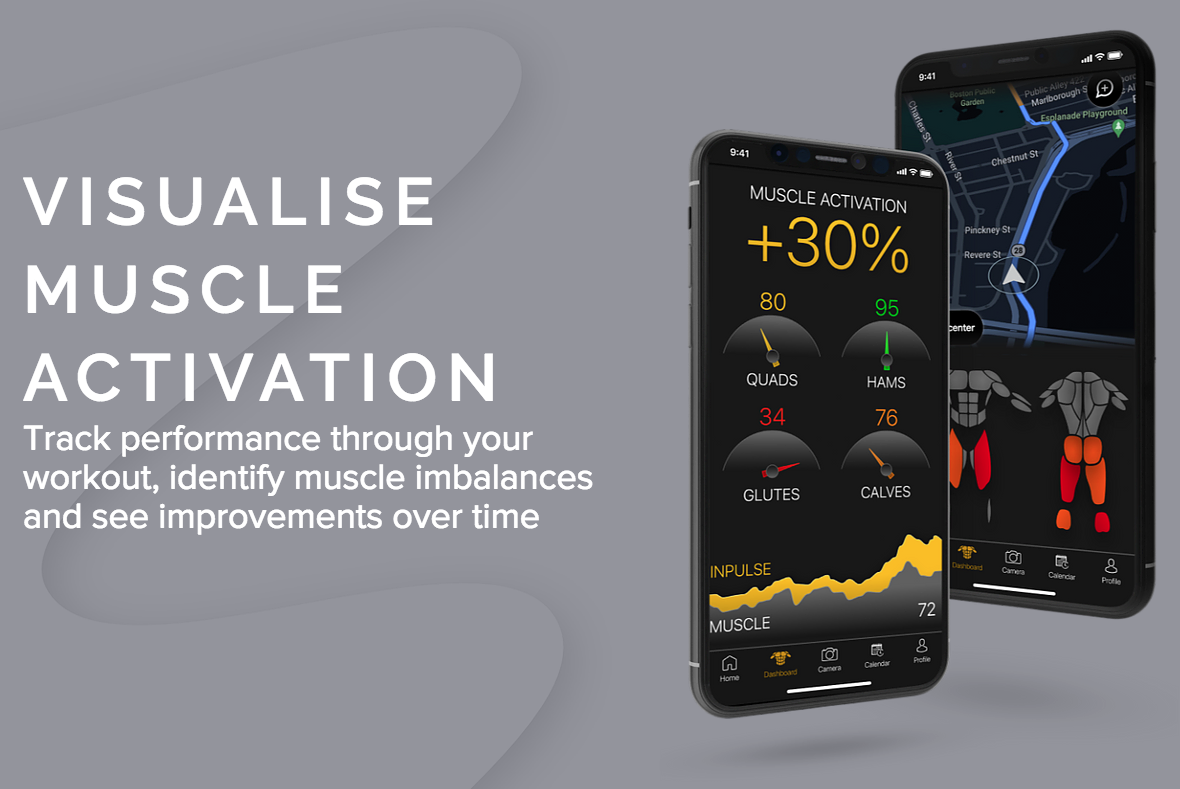New 'smart' cycling shorts use electric current to enhance muscle performance
British start-up Inpulse to launch new shorts in April


A neuroscience researcher at the University of Southampton has created a pair of ‘smart’ cycling shorts that use electrical sensors and artificial intelligence to improve muscle function.
According to the Times, PhD student Devon Lewis came up with the idea after studying neuromuscular junctions, a connection between the brain and the muscles that sends chemical signals from motor neurons to muscle fibres to make the muscles contract and strengthen.
>>> Which men's WorldTour team has the best kit for 2021? A considered ranking
Sensors in the shorts monitor muscle activity, sending information to an AI tool within the shorts that calculates which muscles need stimulating. And finally electrical impulses are delivered to the muscles via a network of wires in the fabric.
Lewis told the Times: “We have a limited ability to control our muscles naturally. You can control them more precisely and contract them more strongly if you stimulate them directly with electricity.”
Lewis explained that the technology was completely safe with no chance of electric shocks, telling the Times that the electric current felt more like a tingling sensation: “It’s the same thing as when you eat spicy food and you get that little rush. It feels strange when you first start using it but you adapt to it quite quickly.

The shorts appear to be accompanied by an app that processes data from the shorts about muscle activation in order to help athletes to identify muscle imbalances and work on remedying them. Lewis previously told University of Southampton that the technology could give “people, from world-class athletes to patients suffering from neurological disorders, the best possible control of their muscles. Many sectors from elite sport, to recreational exercise, to medical rehabilitation, share a common goal: to realise individual potential by improving muscle performance and quality of movement.”
The latest race content, interviews, features, reviews and expert buying guides, direct to your inbox!
He said: “The problem is that achieving meaningful improvements and realising potential is difficult, time and effort intensive, and often requires specialist intervention, together driving multi-million-pound markets.”
As yet we don’t have any more information other than that the shorts will be launching in April and that they will be shown at the CES technology conference next week.
The Times reports that Lewis is manufacturing the shorts through his start-up Inpulse, and that he plans to adapt the technology for “joggers and people at the gym.”
Cycling Weekly contacted him to ask what further plans in cycling he had for the shorts. Given that the UCI measures riders’ socks with a special ruler to ensure no one gets a competitive advantage through sock height it’s hard to imagine the governing body warming to electric shorts.
Simon Smythe is a hugely experienced cycling tech writer, who has been writing for Cycling Weekly since 2003. Until recently he was our senior tech writer. In his cycling career Simon has mostly focused on time trialling with a national medal, a few open wins and his club's 30-mile record in his palmares. These days he spends most of his time testing road bikes, or on a tandem doing the school run with his younger son.
